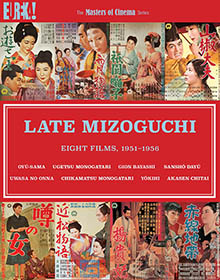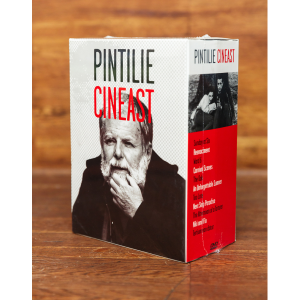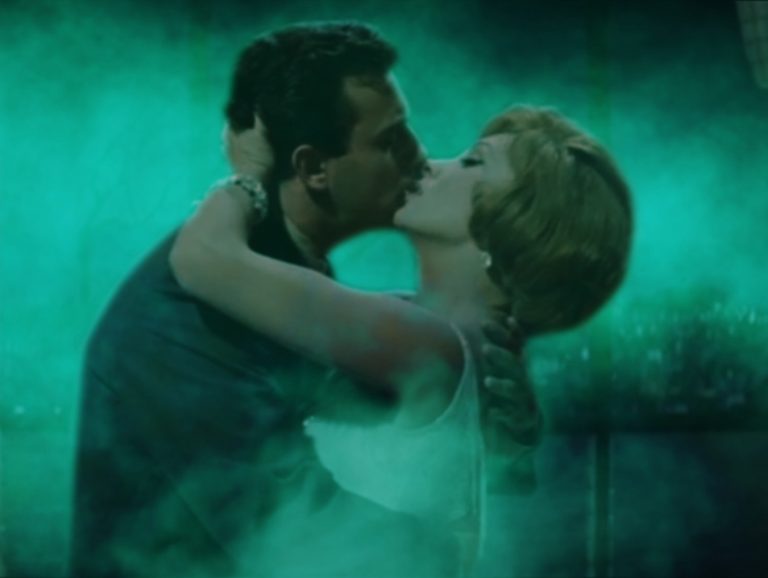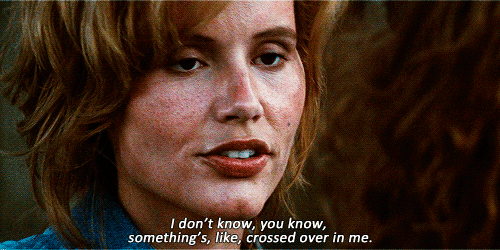From Cinema Scope issue issue 60, Fall 2014. — J.R.
DVD AWARDS 2014
XI edition (Il Cinema Ritrovato, Bologna)
Jurors: Lorenzo Codelli, Alexander Horwath, Mark McElhatten, Paolo Mereghetti and Jonathan Rosenbaum, chaired by Peter von Bagh
BEST SPECIAL FEATURES ON BLU-RAY:
Late Mizoguchi – Eight Films, 1951-1956 (Eureka Entertainment). The publication of eight indisputable masterpieces in stellar transfers on Blu-ray is a cause for celebration. If Eureka is not exclusive in offering these individual titles, what makes this collection especially praiseworthy and indispensable is the scholarship, imagination and care that went into the accompanying 344-page booklet. Over 60 rare production stills are included, many featuring Mizoguchi at work. Striking essays by Keiko I. McDonald, Mark Le Fanu, and Nakagawa Masako are anthologized along with extensively annotated translations of some of the key sources of Japanese literature that inspired some of Mizoguchi’s late films. The volume closes with tributes to the great director written by Tarkovsky, Rivette, Godard, Straub, Angelopoulos, Shinoda, and others. Tony Rayns provides spoken essays and some full-length commentaries.
BEST SPECIAL FEATURES ON DVD:
Pintilie, Cineast (Transilvania Films). An impeccable collection devoted to eleven films by an important and neglected maverick Romanian filmmaker, masterful and acerbic, with invaluable contextualizing extras concerning his life, work, and career drawn from ten separate sources. Read more

























